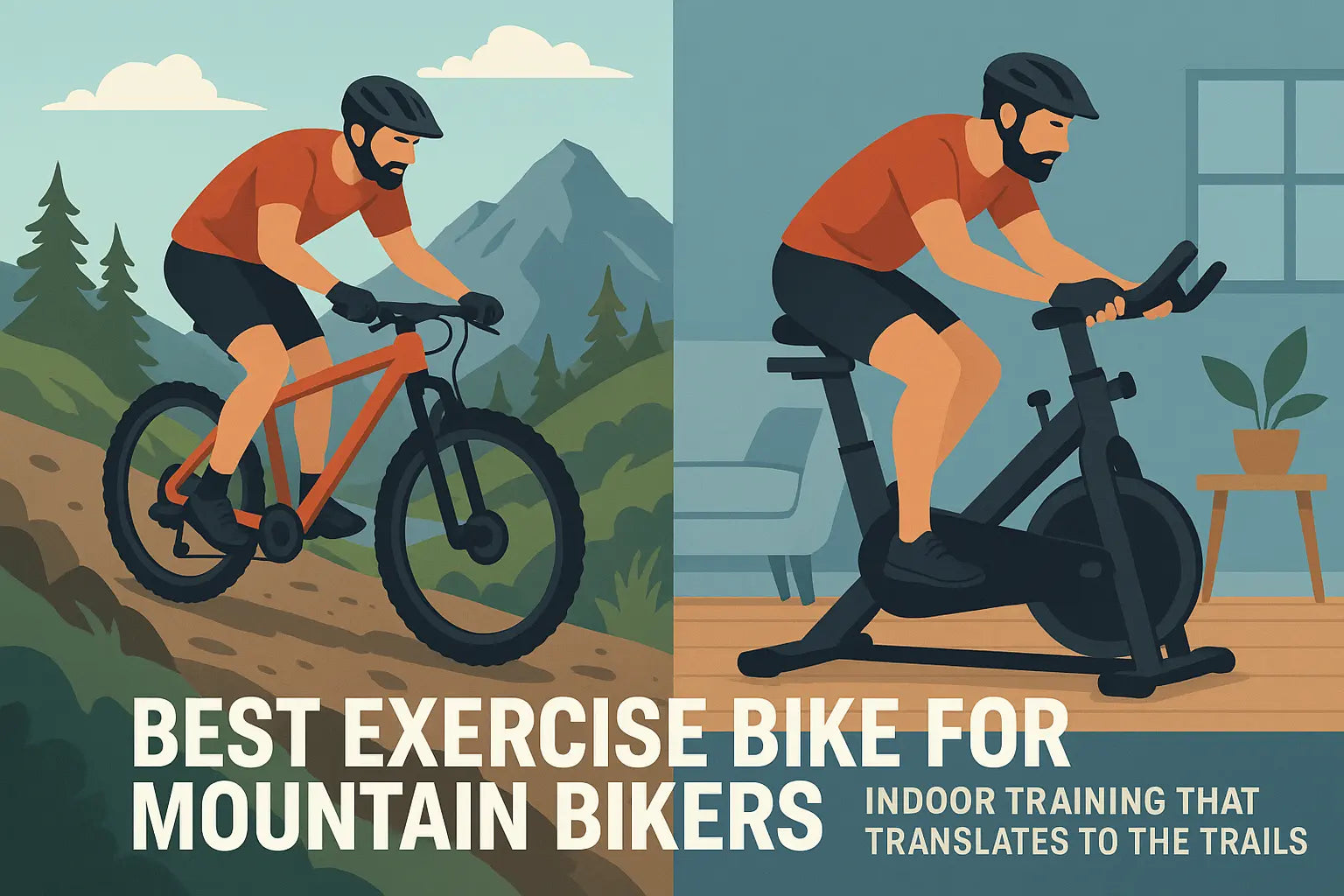Garage Gyms - Everything You Need To Know Recumbent Bike
Latest Articles
-

Best Stationary Recumbent Exercise Bikes for Lazy But Committed People
Let’s face it—most people don’t love exercising. And if you’re someone who avoids sweat-drenched high-intensity workouts, you’re not alone. The good news? You don’t have...
-

What is a Recumbent Exercise Bike?
A recumbent exercise bike is a type of stationary bike designed with a reclined seating position. Instead of leaning forward as you would on a...
-

Best Stationary Bike for Triathlon Training: A Complete Guide
Triathlon is one of the most demanding endurance sports, combining swimming, cycling, and running into a single grueling event. To succeed, athletes must build a...
-

Best Exercise Bike for Mountain Bikers
In this article, we’ll break down the best exercise bike options for mountain bikers, compare their features, explain how they support different training goals, and...
-

Best Bike for Lower Back Pain: Indoor and Outdoor Options Compared
In this article, we will compare the best bikes for lower back pain, covering both indoor exercise bikes and outdoor bicycles. Understanding bike fit and...
-

Which Exercise Bike Is Better for Weight Loss?
Losing weight is about creating a sustainable calorie deficit, and the type of cardio equipment you choose can make a big difference in how quickly...
-

What are the disadvantages of a recumbent bike?
The disadvantages of a recumbent bike include burning fewer calories per minute, providing minimal upper body engagement, taking up more floor space, and being less...
-

Is Recumbent Bike Good for Cardio?
A recumbent exercise bike offers a smooth, low-impact workout that effectively raises your heart rate, improving cardiovascular health, lung capacity, and overall endurance without putting...
-

Who Should Use a Recumbent Bike?
A recumbent bike is a great fit for older adults, beginners, people with knee, hip, or back issues, overweight individuals, or anyone seeking a comfortable,...
-

Why an Adult Recumbent Bike Is the Smartest Way to Stay Fit ?
In a world where life moves fast and our bodies sometimes struggle to keep up, finding the right exercise equipment can feel overwhelming. Adults today...
-

What's a Magnetic Recumbent Exercise Bike?
As more people turn to home workouts for convenience, privacy, and safety, the demand for quiet, efficient, and low-maintenance exercise equipment has never been higher....
-

The Best Daily Companion: Recumbent Stationary Bike for Seniors
More Than Just Exercise—A New Daily Ritual When most people think of fitness equipment, they imagine intense workouts, dripping sweat, and strict routines. But for...
-

Pedaling Through Anxiety: My Stationary Recumbent Bike Story
There was a time when even getting out of bed felt like climbing a mountain. Mornings began with a dull weight on my chest, and...
-

The Benefits of Elliptical Recumbent Bike
In the pursuit of health, we often focus on physical transformation: losing weight, improving cardiovascular endurance, and building muscle. But what if the same exercise...
-

Is a Recumbent Bike Machine Worth the Investment? A Cost vs Benefit Breakdown
When it comes to building a sustainable fitness routine at home, few pieces of equipment are as compelling as the recumbent bike machine. Designed with...















